The GR20, also known as Fra li Monti is a GR (Grande Randonnée) footpath that crosses the Mediterranean island of Corsica running approximately from north to south. The entire trail is about 180 km long with 12,000 m of elevation gain. Although it takes about 15 days to complete it, the route can be divided into 2 stages: the northern part, between Calenzana and Vizzavona, and the southern part, between Vizzavona and Conca. This GR route is considered one of the toughest of all GR routes, are you brave enough to give it a try? Below you will find all the information you need about the route, the stages, a map, and a kit list for your GR20 hike in Corsica!
For the GR20, some hiking experience in steeper terrain is advisable. The trek requires some scrambling, use of chains, and a ladder (on the Northern section) to tackle the rocky landscape and mountain ridges. As one of the most demanding routes for France hut to hut hiking, this trail is best suited for confident mountain walkers who can read route notes and locate their position on a map when needed. You will find all the information to face this challenge as prepared as possible.



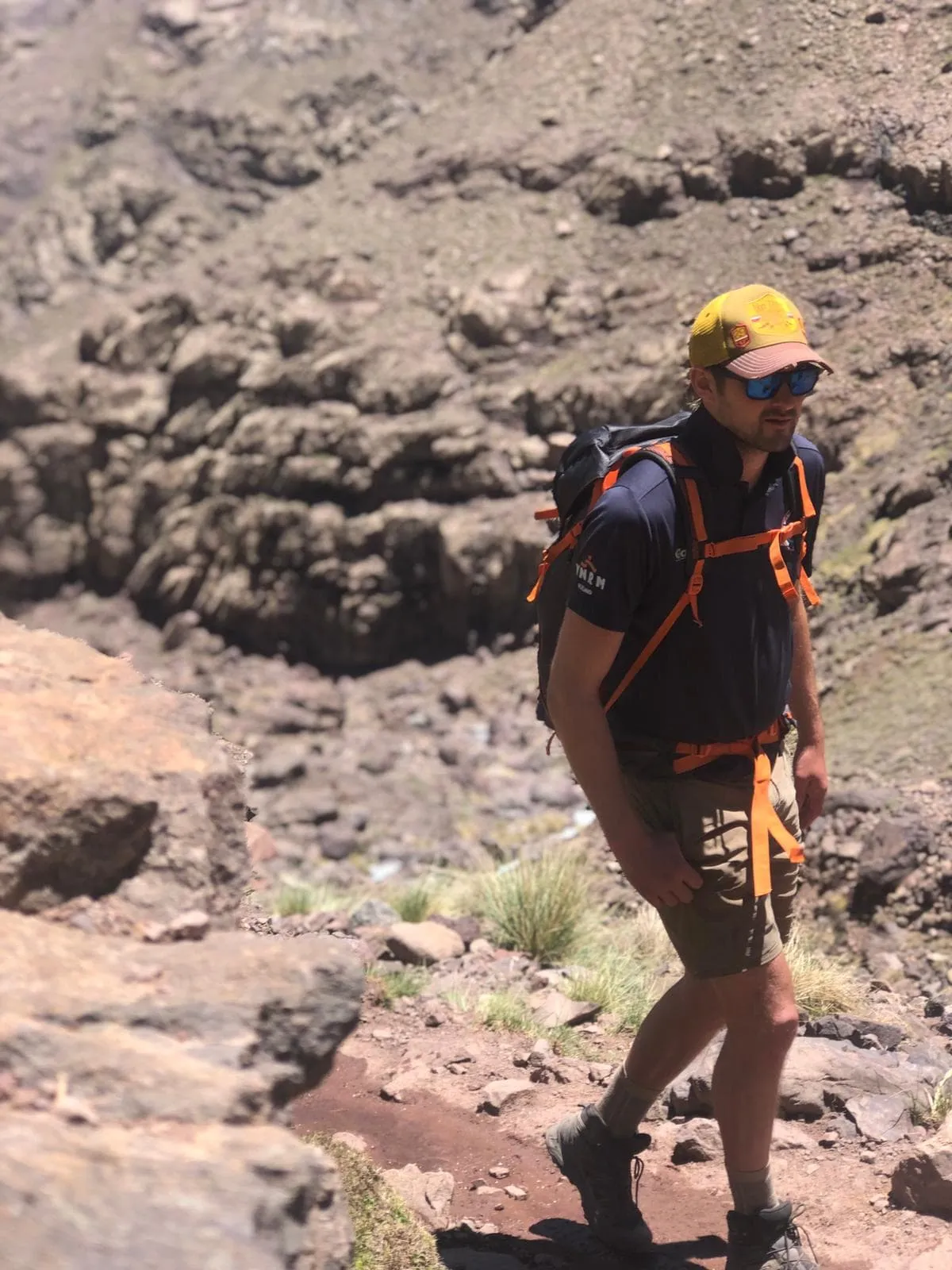
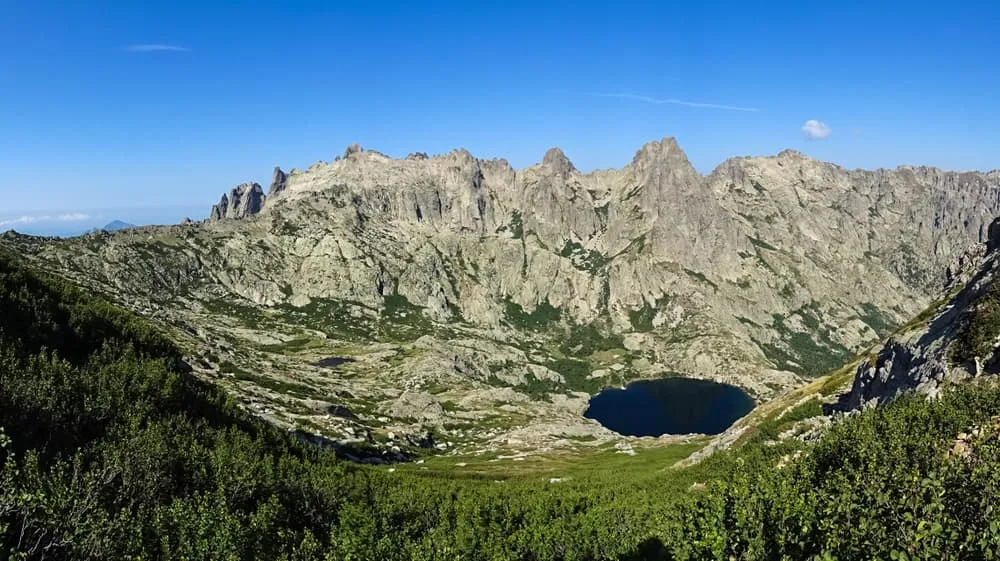
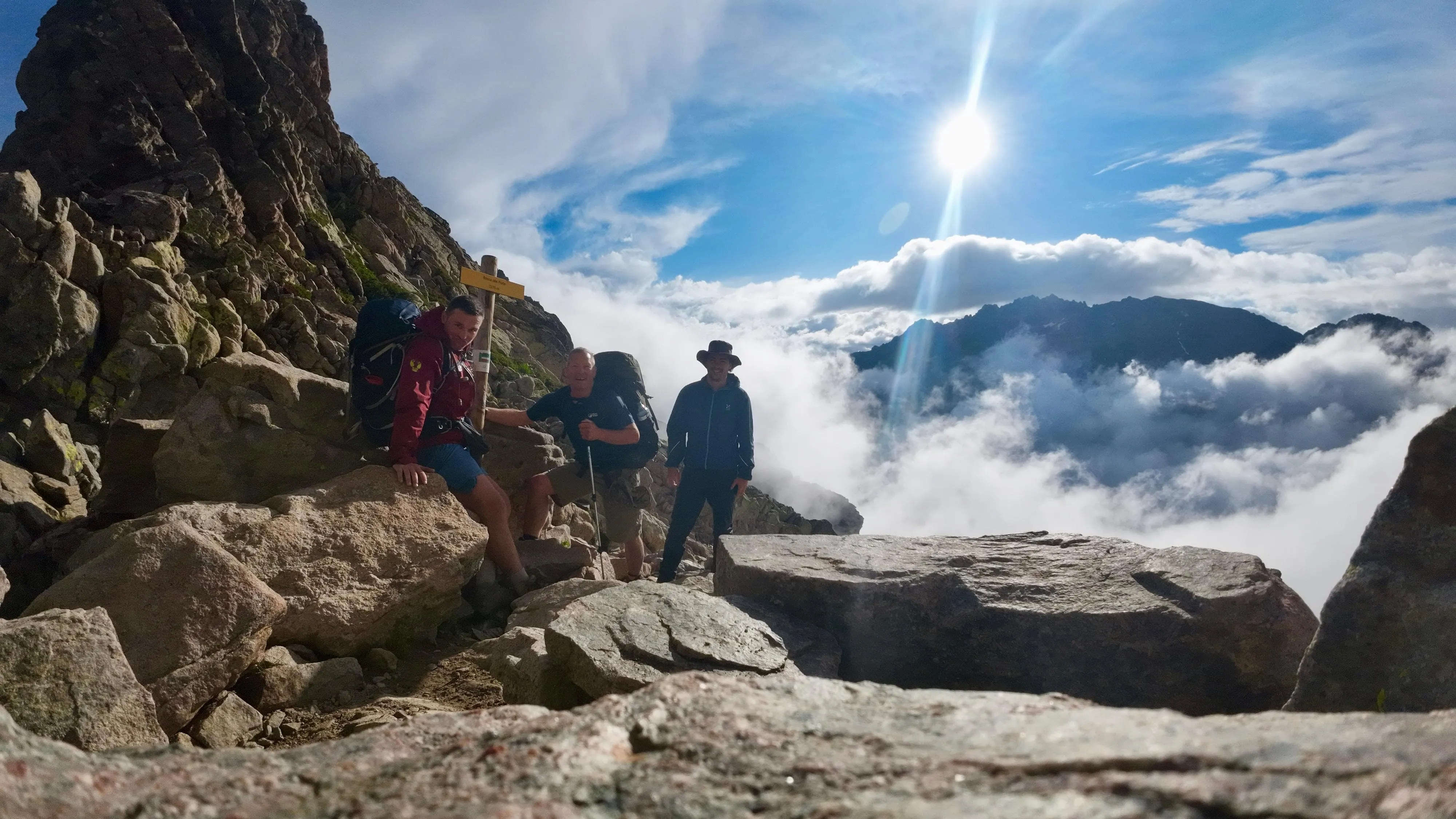
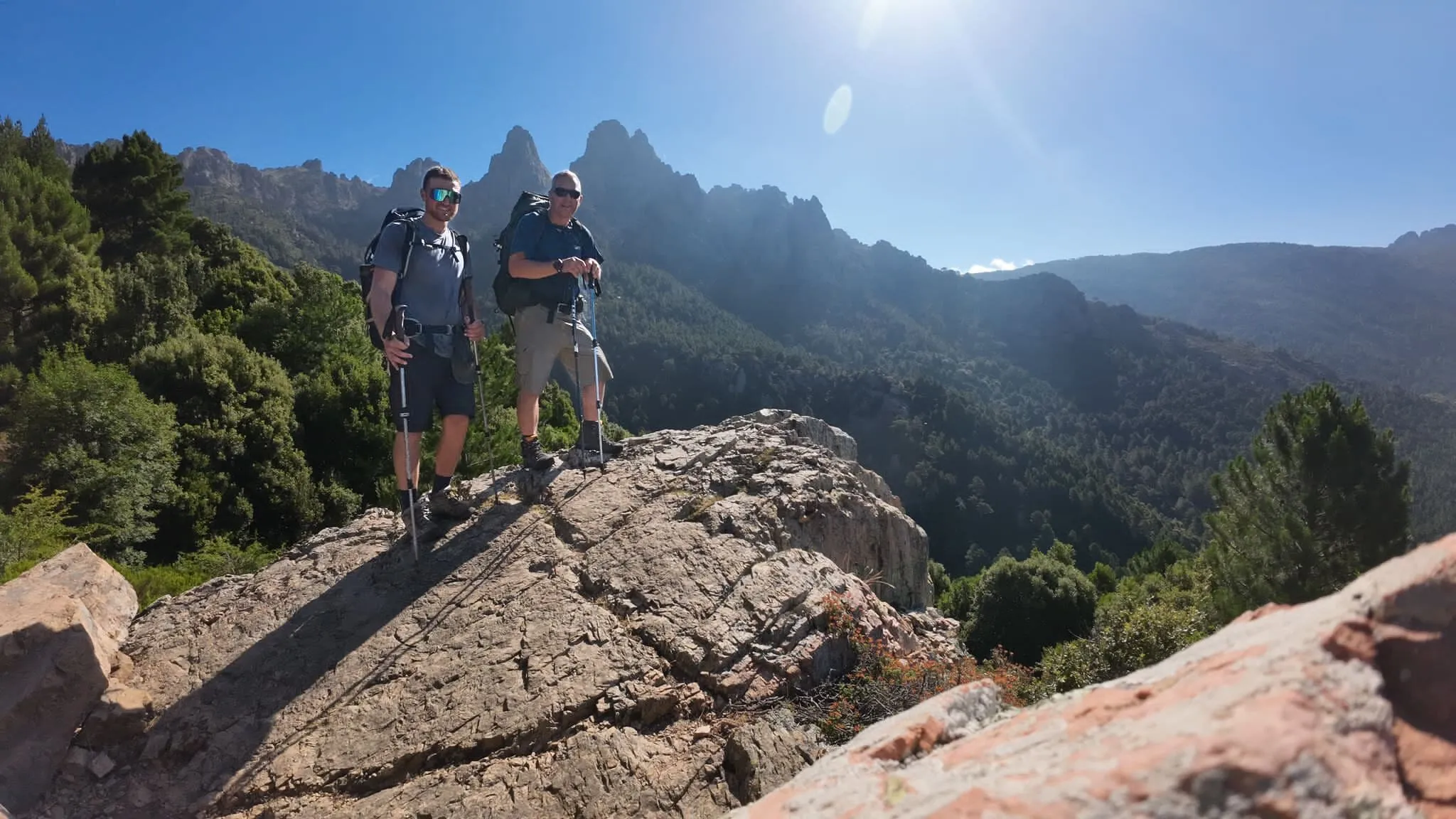
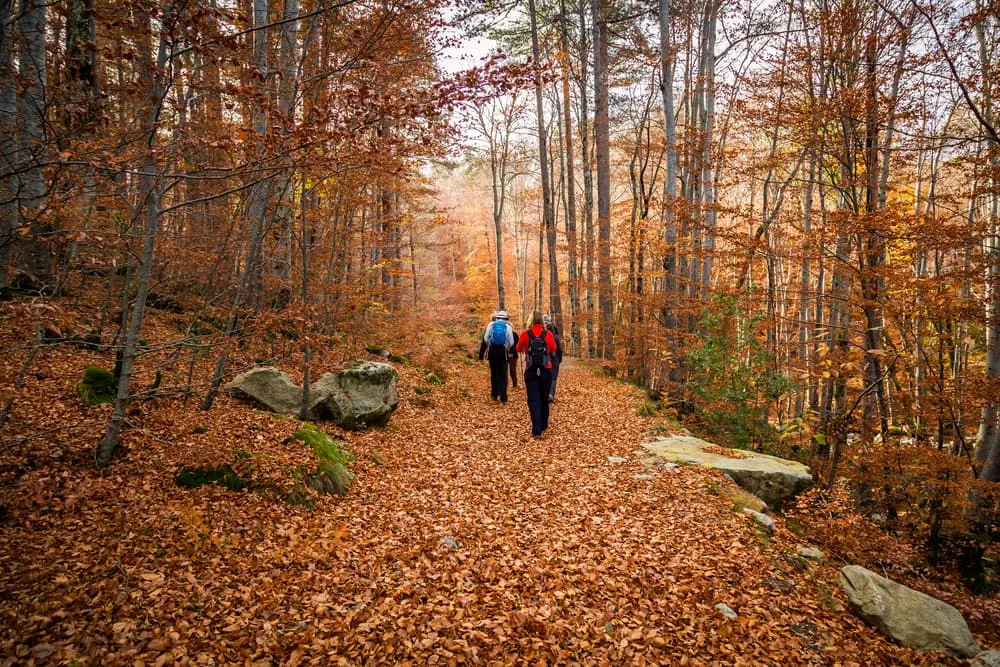
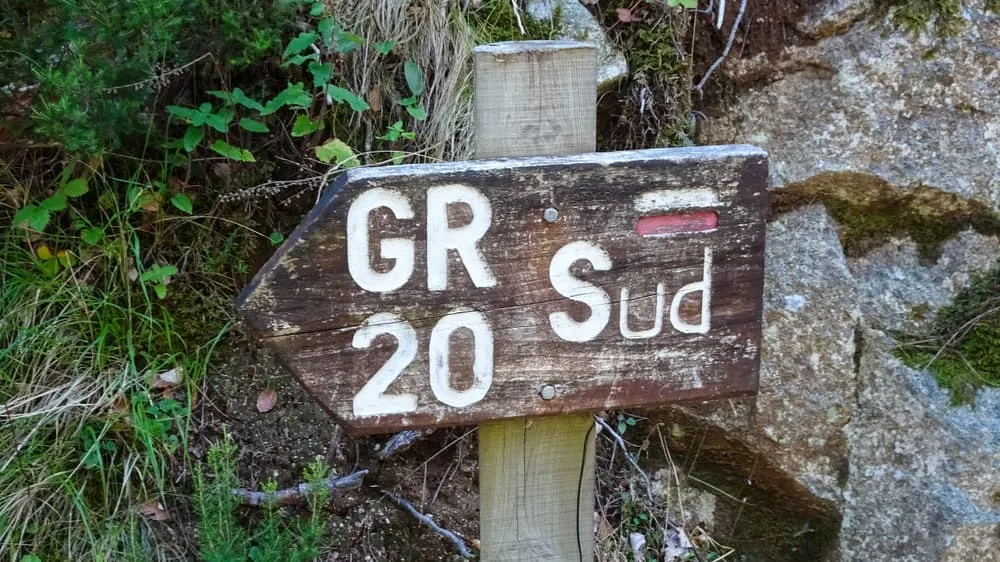
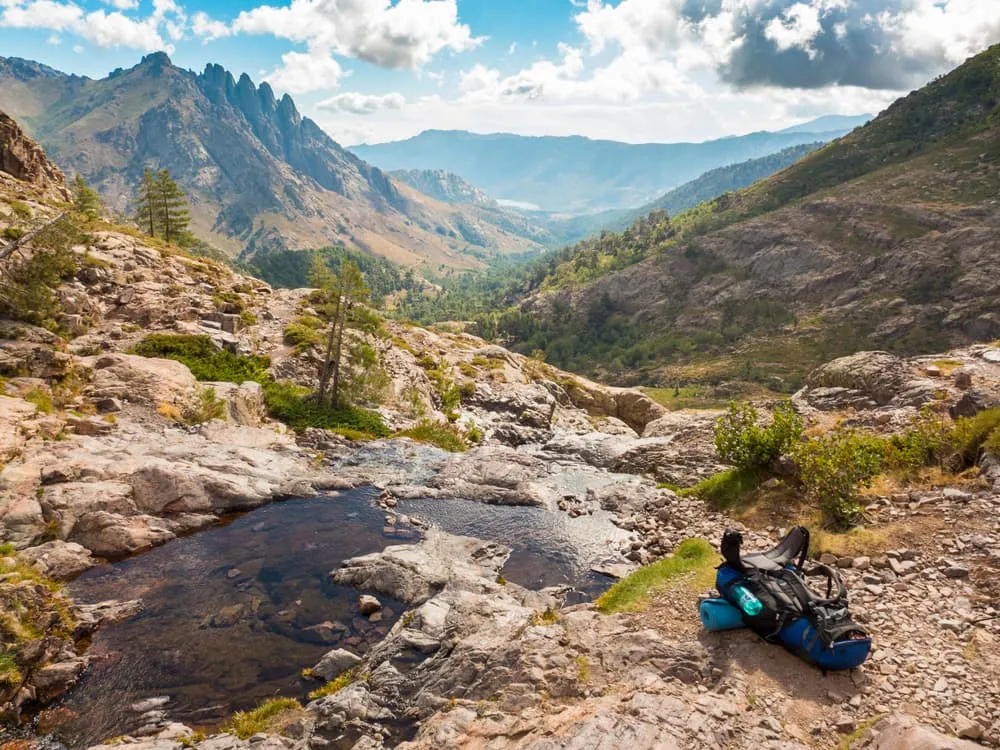
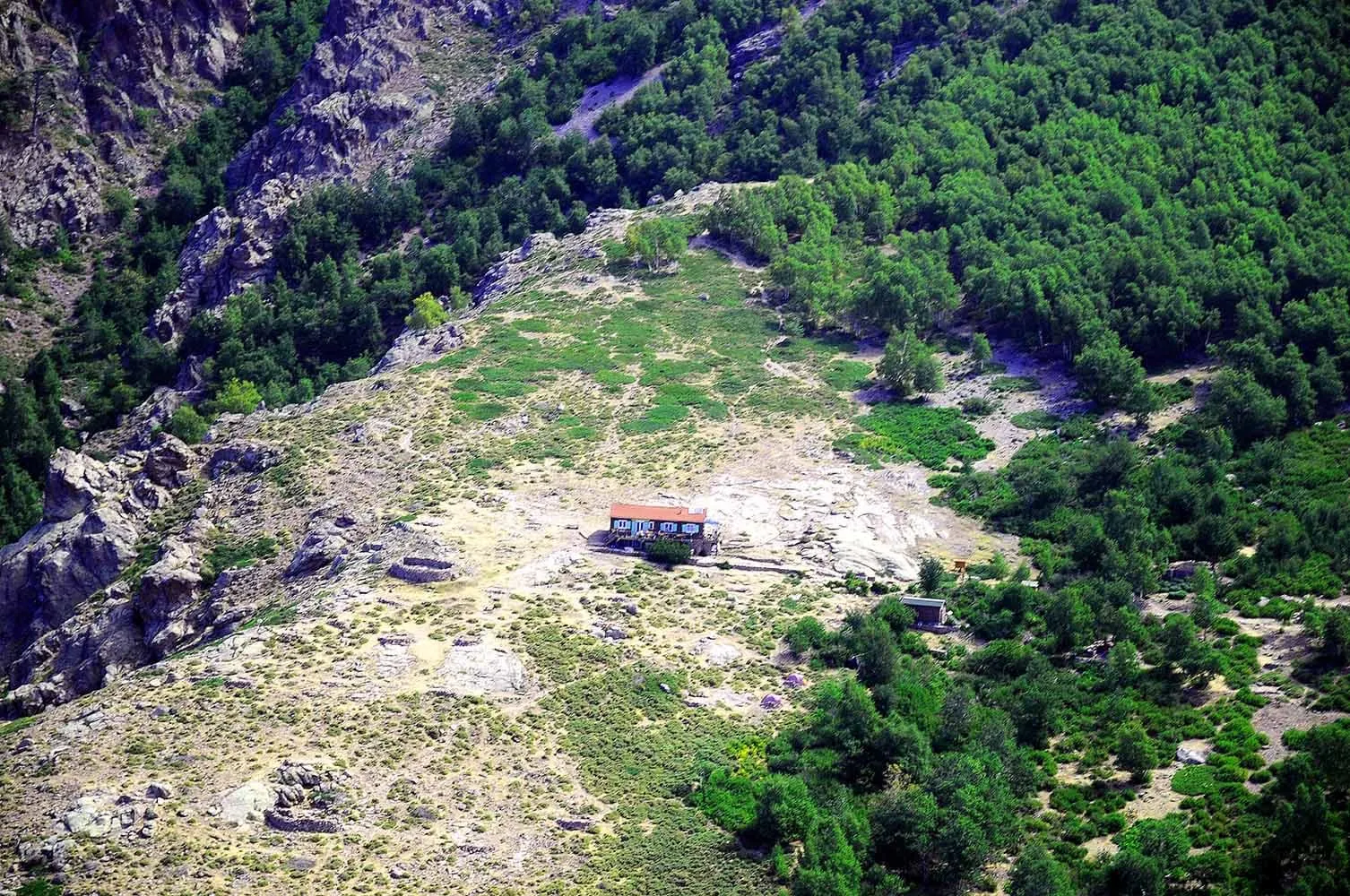
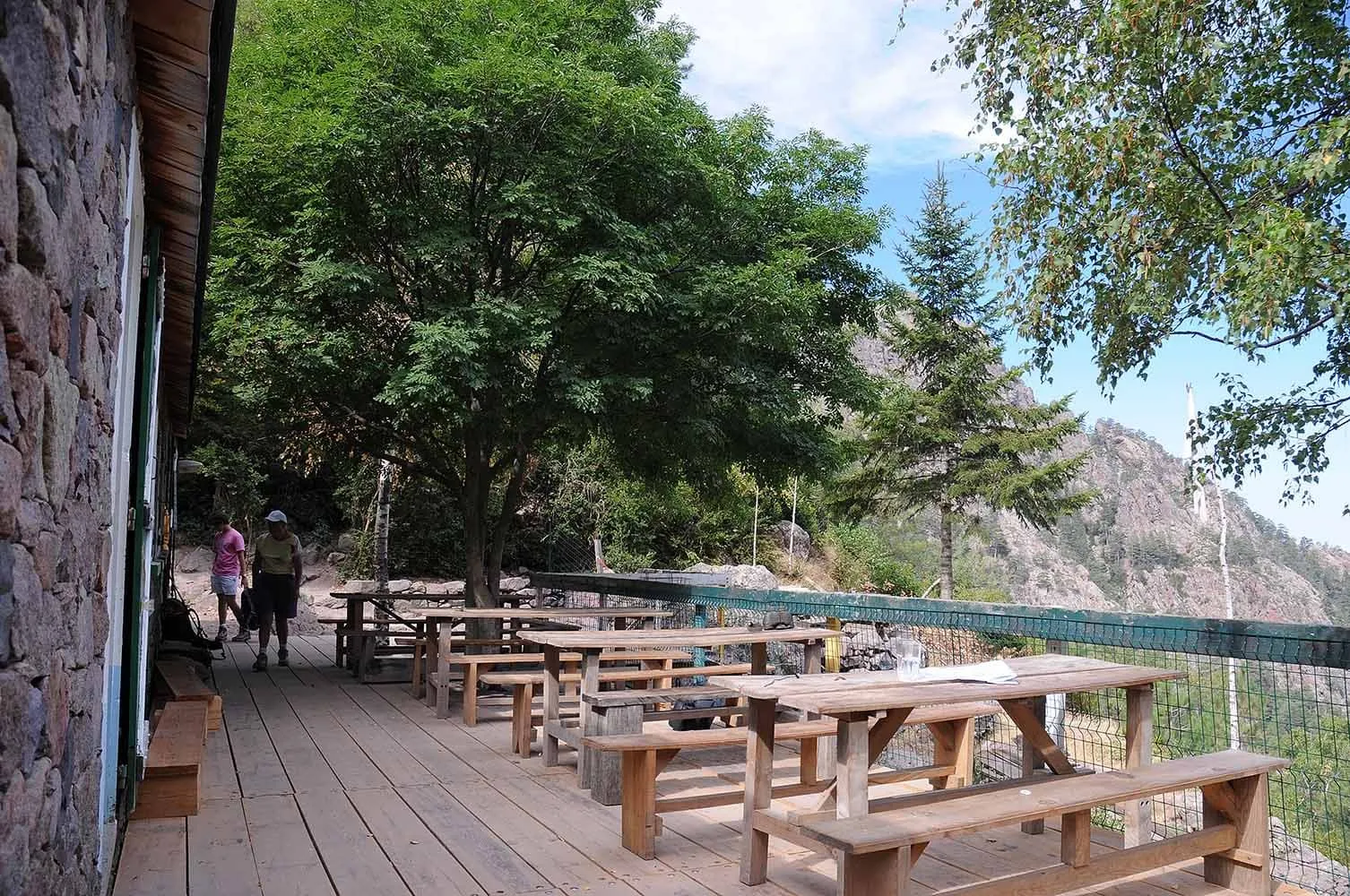
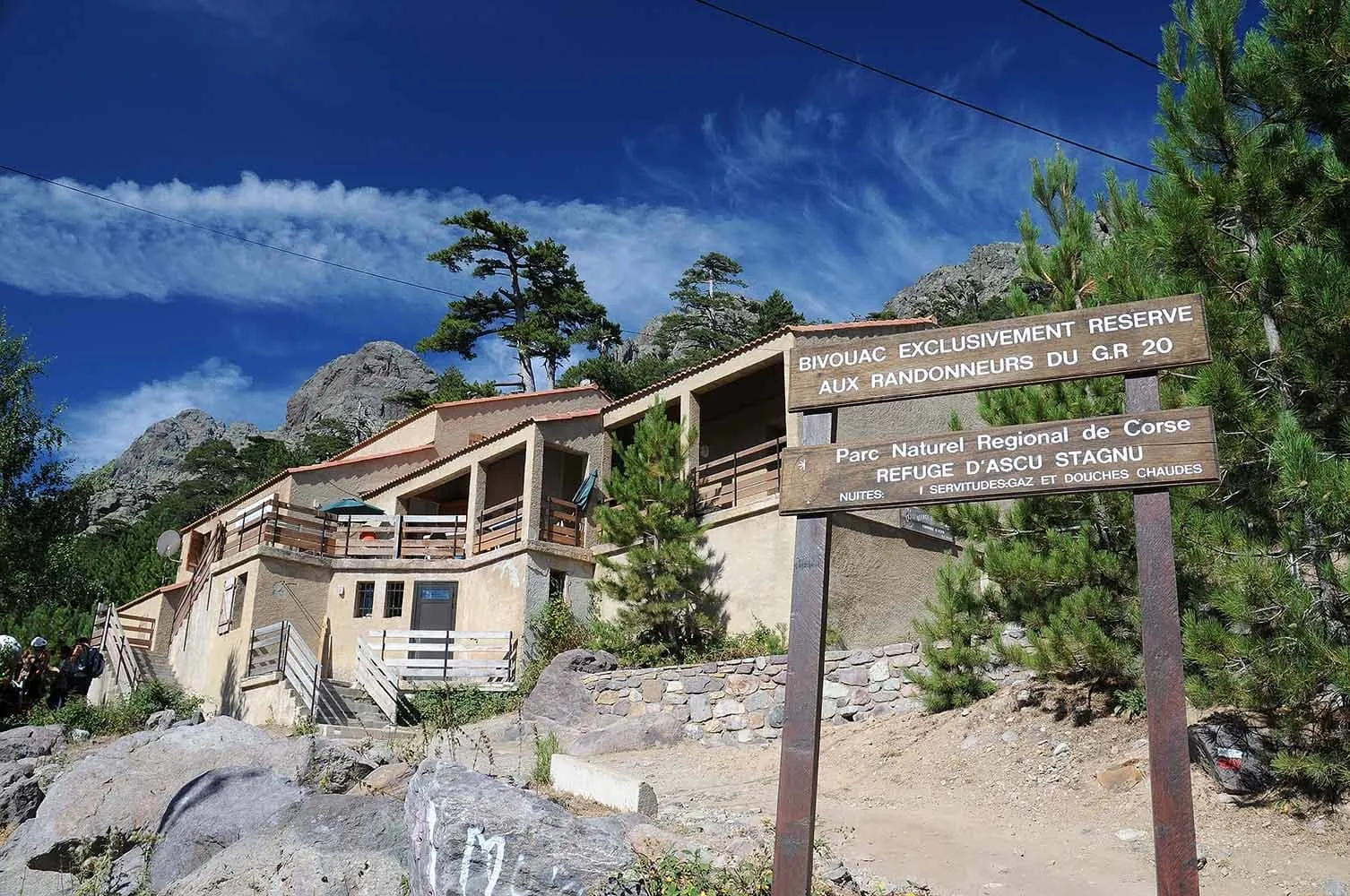
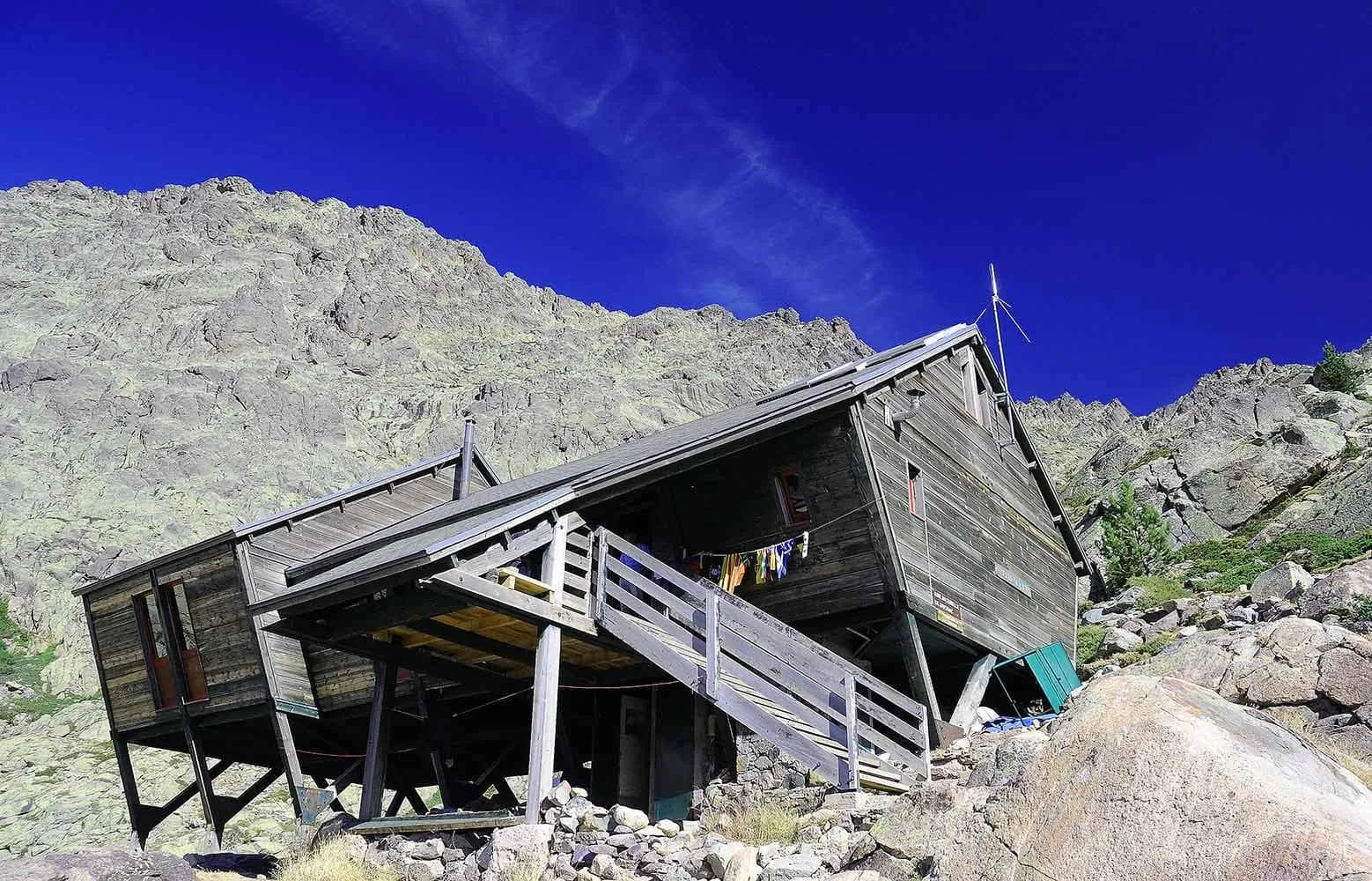
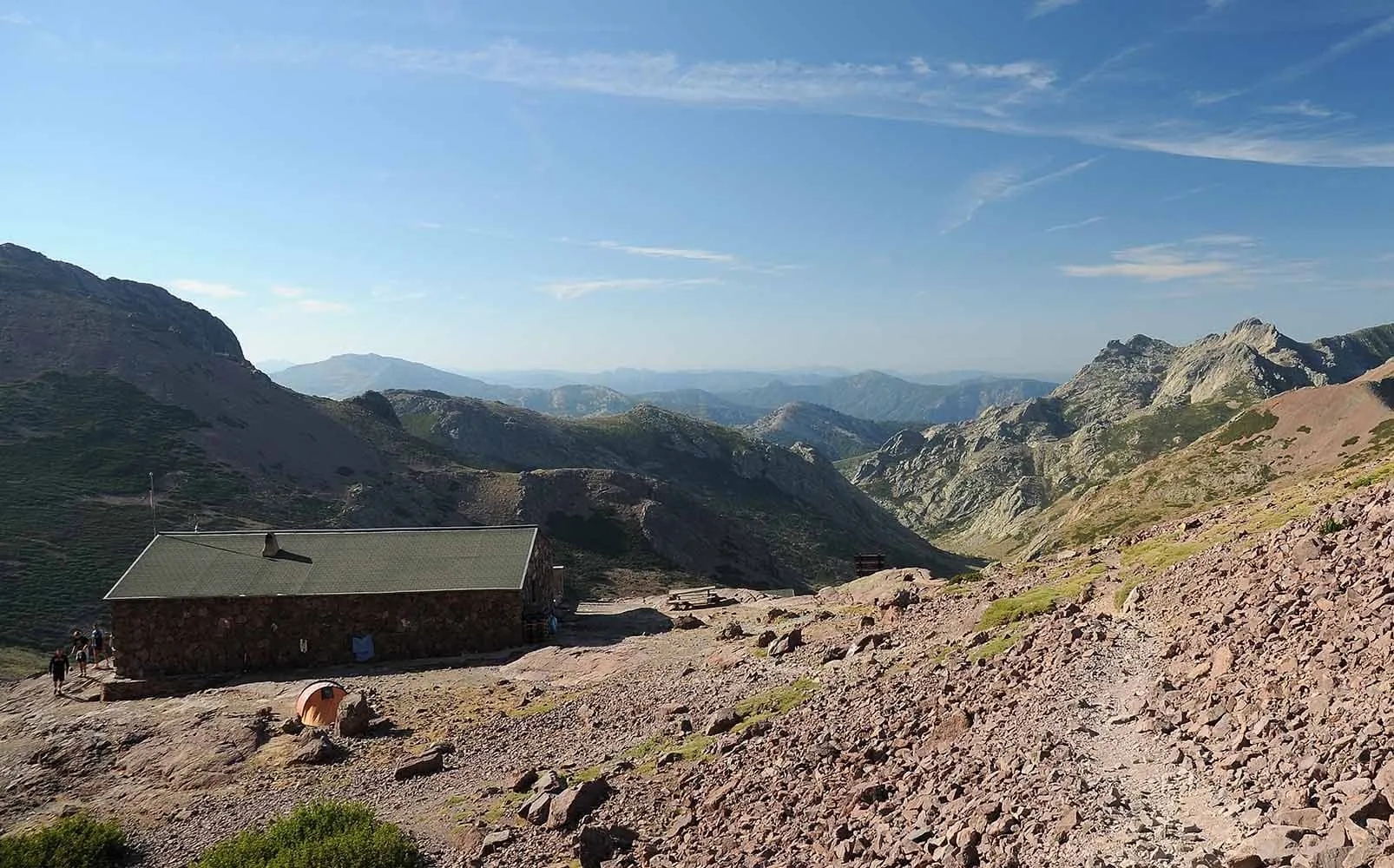
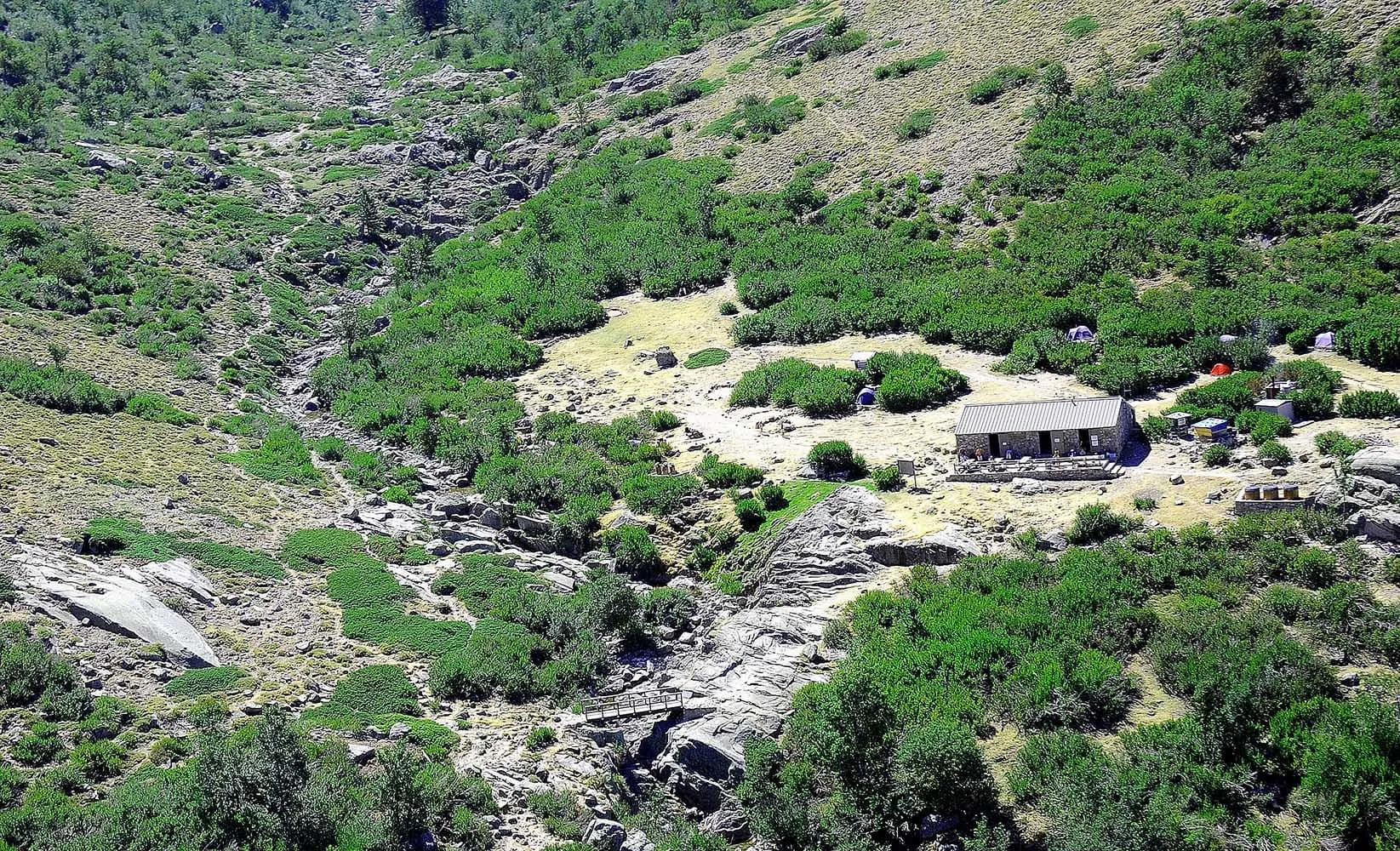

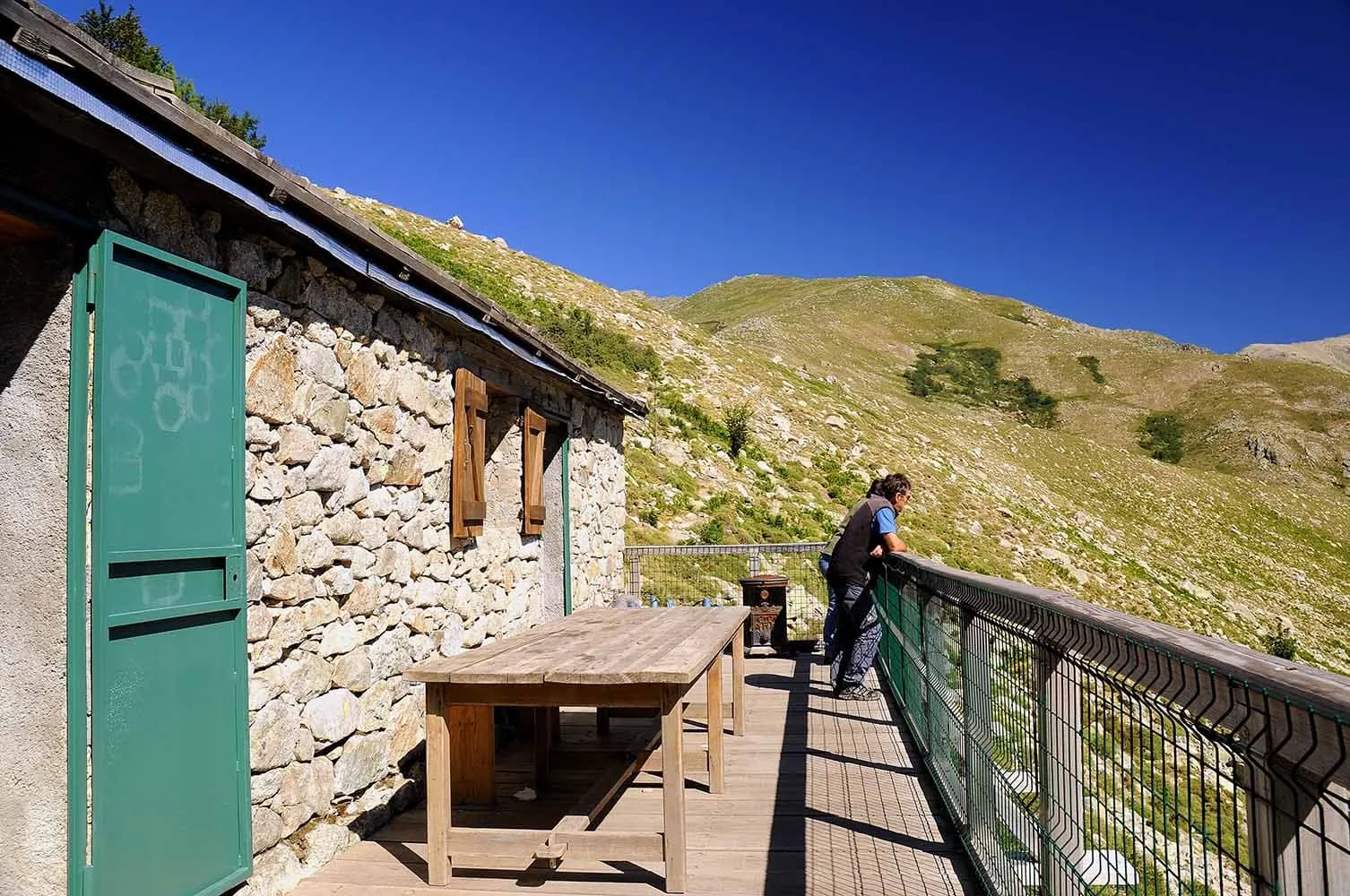
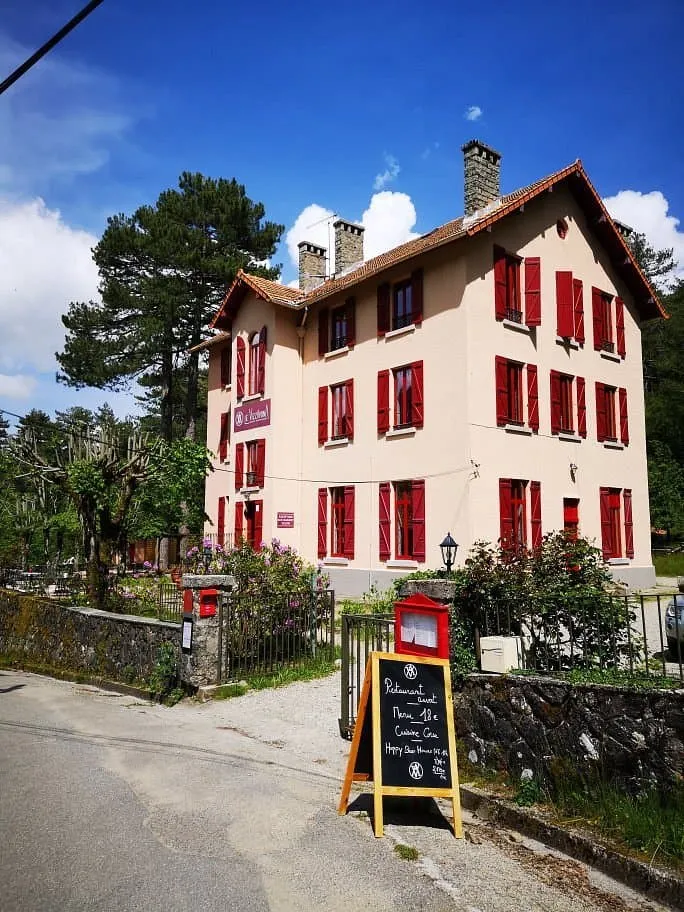
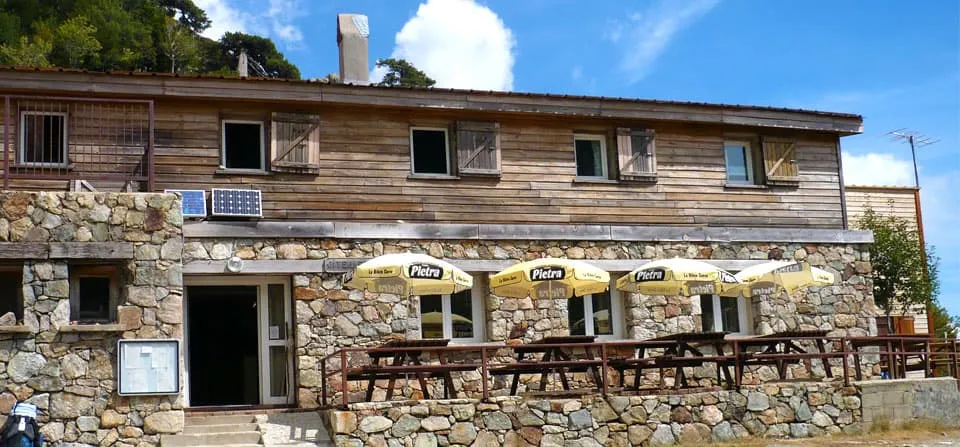
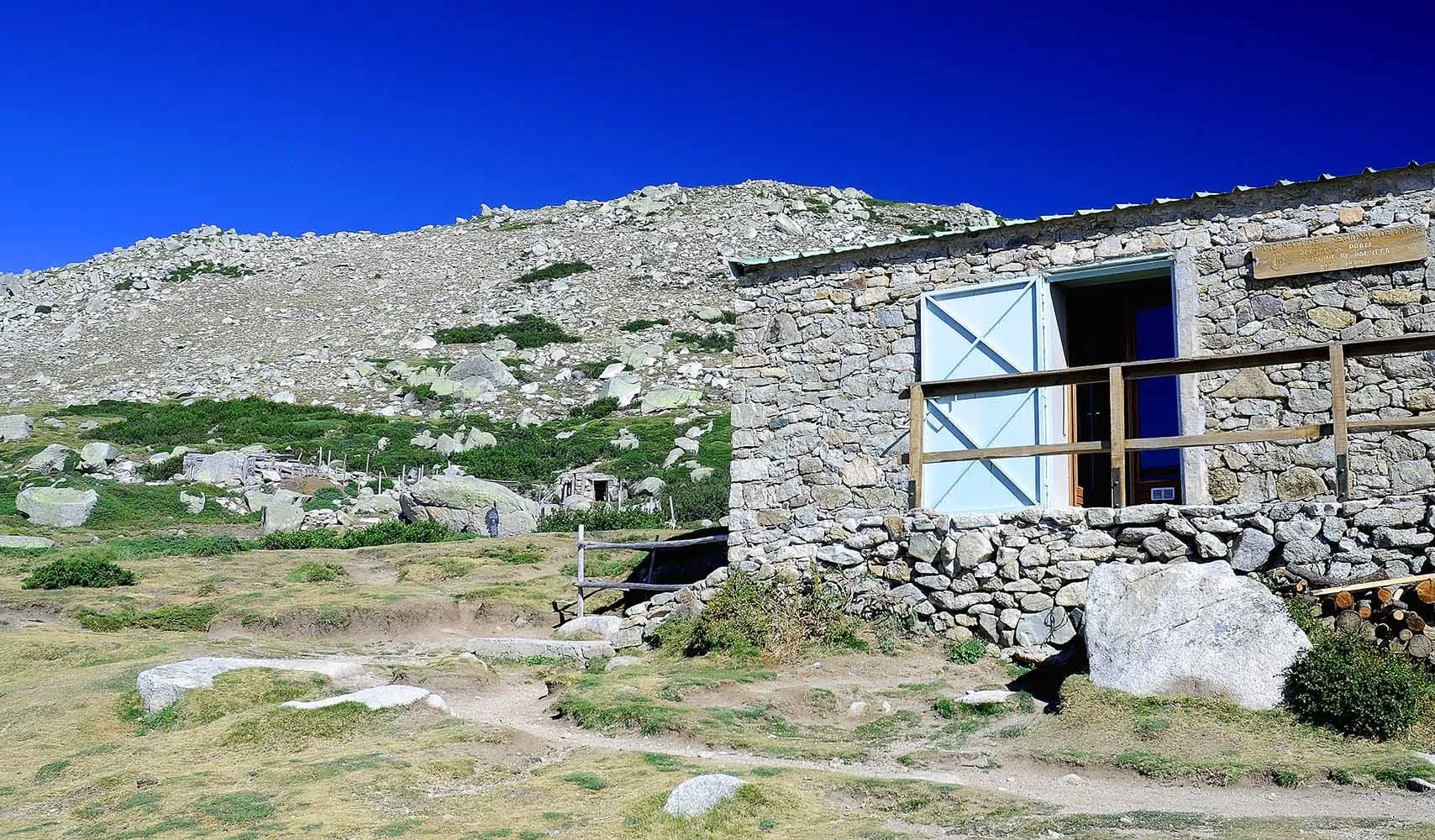
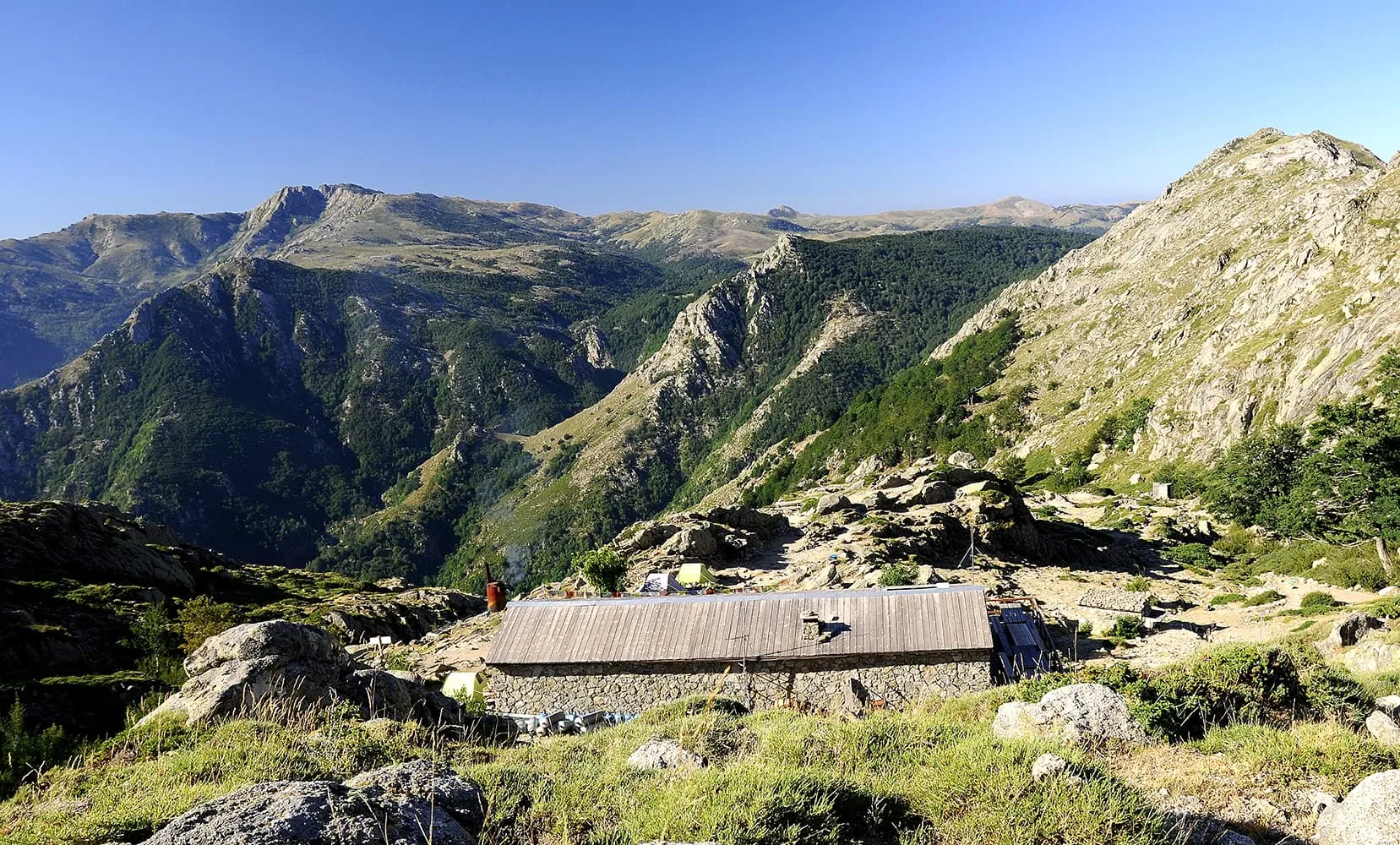
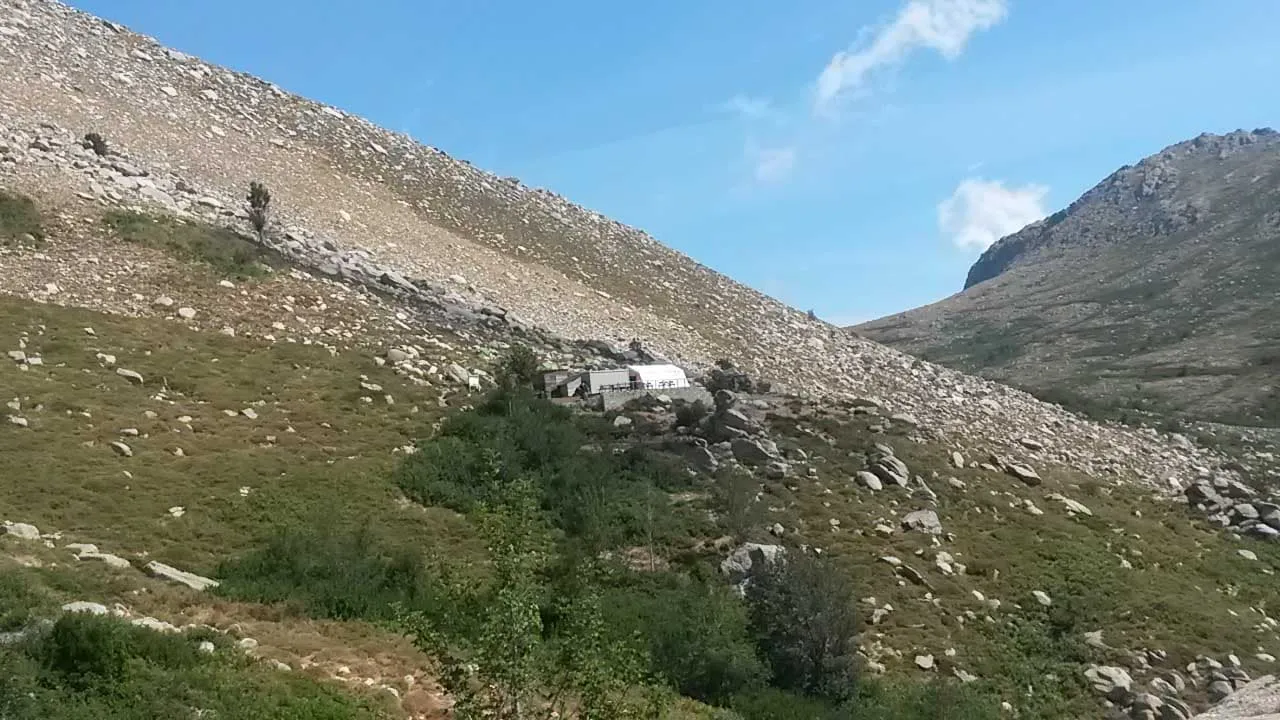
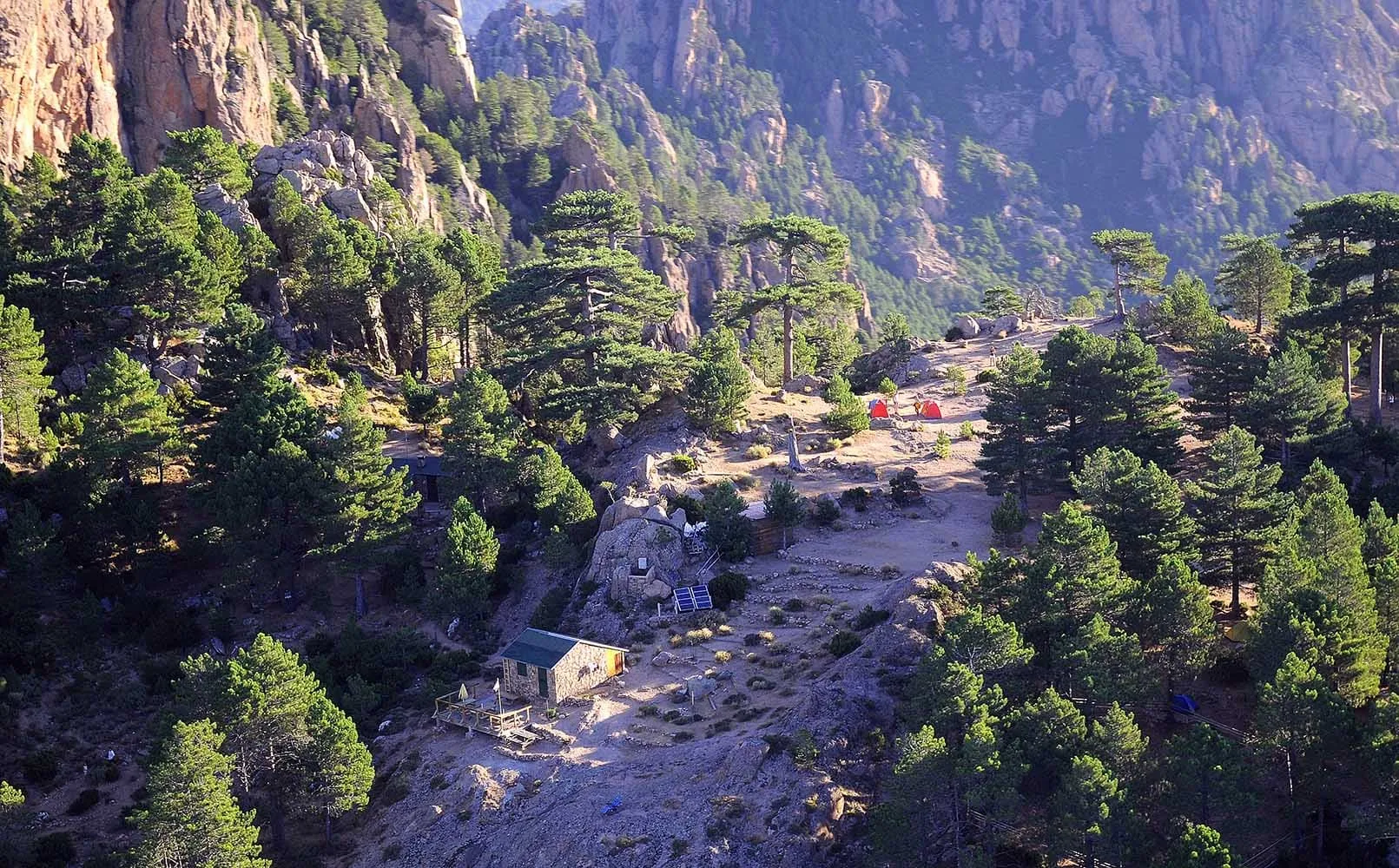
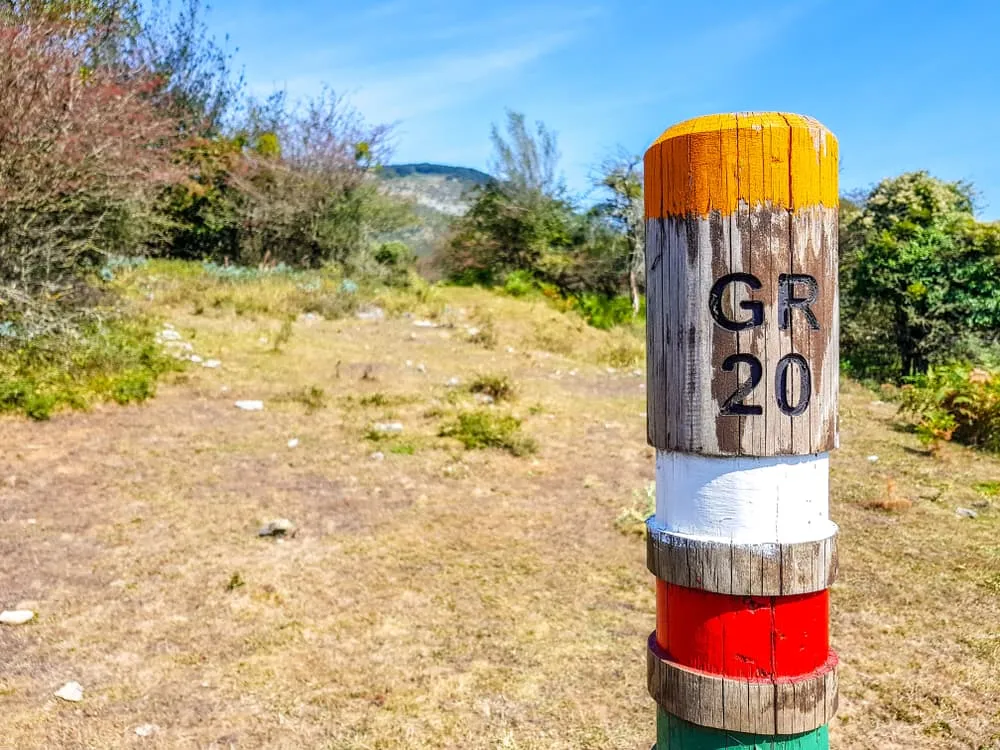
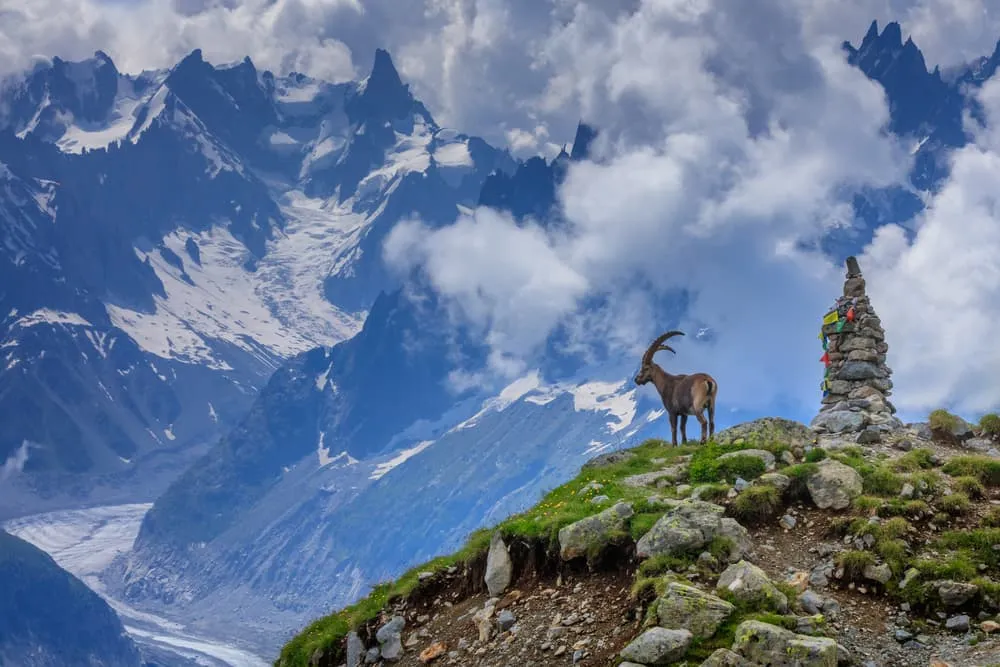
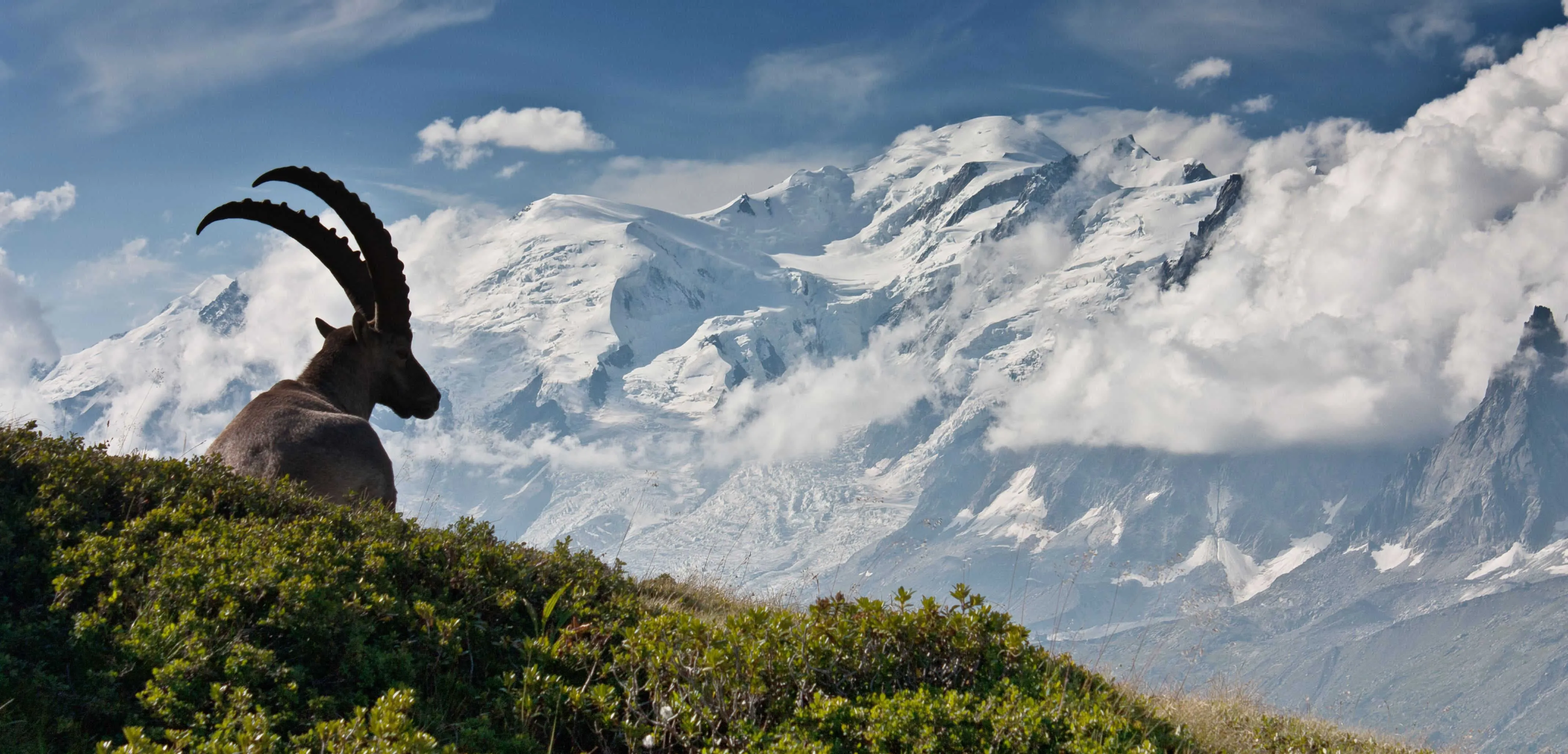
Comments